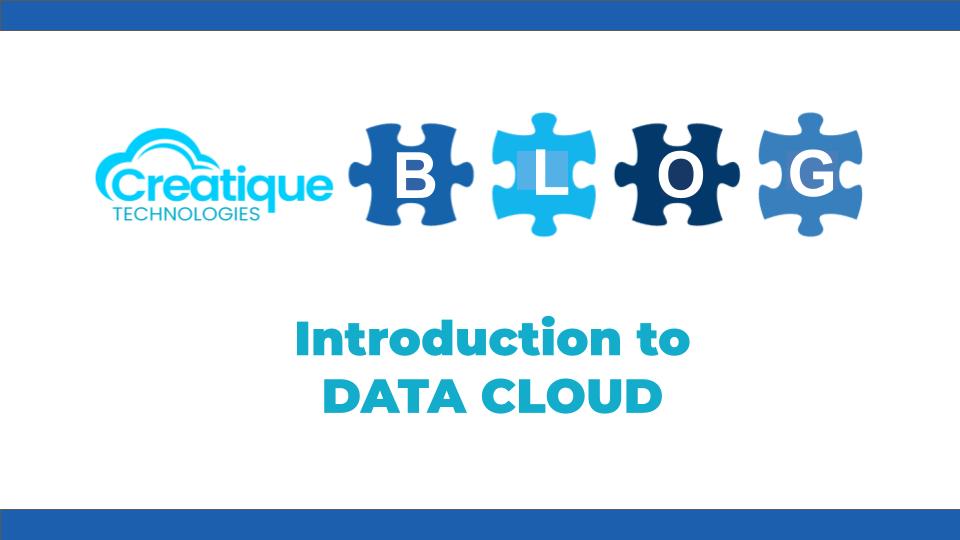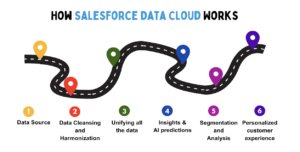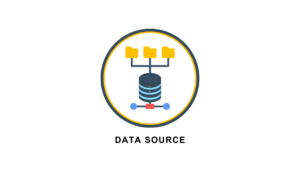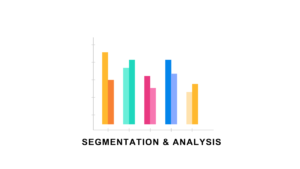
05 Mar Data Cloud in Salesforce
Introduction
In today’s world, customers expect personalized interactions with businesses, but the rapid influx of new data, and devices poses challenges for companies to keep up. This often leads to the creation of numerous customer profiles, making customers feel like mere numbers rather than valued individuals.
What if there was a way to consolidate all customer data, regardless of the channel or system, into a single, reliable source? Well, now you can achieve this with Salesforce’s Data Cloud.
The Data Cloud brings the potency of real-time data to the Customer 360, allowing you to seamlessly craft exceptional customer experiences. It serves as a robust tool that unifies data across multiple systems, enabling the creation of targeted audience segments for more effective and personalized engagement.
How does Data Cloud Work?
With its built-in connectors, Data Cloud can collect data from different places such as Salesforce apps, mobile platforms, websites, connected devices and even legacy systems using MuleSoft.

Before delving into how the Data Cloud operates, let’s first explore how data makes its way into the Data Cloud.
Data Source
In the Data Cloud, the initial phase involves consolidating all your data, encompassing various Salesforce clouds, through the assistance of Mulesoft. Connections can also be established with external data sources like Amazon S3, Azure, Google storage, and more using connectors. Additionally, APIs provide a means to input data into the system.

Impressively, Data Cloud has the capacity to handle trillions of records and thousands of requests per second per customer. Once the data resides in the Data Cloud, it undergoes effortless transformation and cleansing. The platform provides user-friendly, low-code tools for performing batch or streaming transformations on the data.
Data Cleansing & Harmonization
Data Spaces within the Data Cloud provide users with the ability to logically partition data based on different business units.
After the data undergoes cleansing and organization, users often face a challenge due to variations in schemas across enterprises from which the data originates.
Data Cloud enables harmonization between diverse schema points into a standardized model known as the Customer 360 Data Model. In simple terms, this model structures different types of data and establishes their relationships. However, it goes beyond that by offering standard objects that can be mapped to your data sources. These standard objects precisely define the types of data that can exist in a data model and outline the attributes used to describe them.
Once the data is mapped, you have the option to package and share it with other Salesforce orgs or on the AppExchange.
Unifying all the data
Data Cloud simplifies the process of bringing together all your data to form a unified view of your customer. This unified data empowers you to craft audience segments, enabling the delivery of personalized experiences to your customers.
The necessity for data unification arises because the same person or account may have different IDs across various systems. To address this, unique rules can be established, searching for common identifiers such as email addresses and mobile numbers to unify the data.
In the Data Cloud environment, unified profiles merge data from multiple sources into a single profile, guided by identity resolution rules defined by users within a ruleset.
Reconciliation rules within Data Cloud play a crucial role in determining which data source to prioritize for your unified profile, ensuring accuracy and consistency.
For example, if a person’s mobile number is present in two different data sources, a reconciliation rule steps in to guide the unified individual profile on which one to showcase.
Insights & AI Predictions
Once the data is unified now you can start identifying insights from the data. In the Data Cloud, there are two ways to identify insights: Calculated and Streaming.
Calculated insights come into play when you want to ask questions or perform complex calculations using data that’s already stored. On the other hand, streaming insights involve queries based on data in real-time, providing a dynamic perspective.
Additionally, you can also start making AI predictions based on this unified and harmonized profile.
The zero-copy approach grants direct access to Salesforce data within external ML platforms like Amazon SageMaker and Google Cloud Vertex AI. This method eradicates the need to duplicate data and facilitates the deployment of expert models.
Once these models are linked in Data Cloud, businesses can effortlessly utilize their predictions or recommendations directly within Salesforce. While the creation, training and deployment of models demand coding expertise in the external platform, the process of connecting these models to Salesforce is straightforward.
Segmentation & Analysis
With insights, you not only have the capability to craft impactful metrics but can also break down your data into segments for analysis using various analytics tools. Thanks to the integration with Data Cloud, Tableau allows you to view all standard data model objects and relationships effortlessly. Leveraging the Direct Query functionality, you can analyze insights or any other data seamlessly with just a single click in CRM analytics.

Personalized Customer Experience
Data Cloud empowers you to take action based on data, offering personalized customer experiences in various ways.
In Data Cloud, marketers shape audience segments, utilized for crafting personalized marketing campaigns within Journey Builder. These segments from Data Cloud can be activated across a diverse advertising partner network, encompassing Meta and Google.
Additionally, Data Cloud actions seamlessly integrate with Flow Builder, allowing any alteration in data streams to trigger a Flow for efficient and responsive workflows.
Benefits of using Data Cloud
- Discover valuable and actionable insights to boost business success and tailor a personalized experience for your customers.
- Integrate Data Cloud with Marketing Cloud Intelligence for comprehensive analysis of customer data, enabling the creation of insightful dashboards and reports.
- Effortlessly generate reports on single or multiple related data model objects to pinpoint key areas for business focus. Customize reports by grouping, filtering, and summarizing records, run them for near real-time information and easily share them with others.
- Ensure compliance with data privacy regulations, including GDPR and CCPA, by leveraging Data Cloud to provide accurate and current information.
Use cases where Data Cloud can be helpful:
- Assisting a customer by looking at their complete profile, which includes details about their past interactions with the company and any marketing activities they’ve engaged in.
- Send highly personalized messages through various channels like the web, email, and ads, all based on unified profiles.
- Tailored pricing, promotions and product recommendations using real-time unified profile data.
FAQs
Is the Data Cloud free to use in Salesforce?
Salesforce is giving free licenses of Data Cloud and Tableau to customers with Sales and Service Cloud, Enterprise, or Unlimited licenses. The package includes two Tableau creator licenses and Data Cloud licenses for up to 10,000 profiles at no cost.
What is Salesforce Genie?
Salesforce Genie is a platform that performs customer magic in real time by syncing data every millisecond. It helps your team to connect with customers in ways they never could before.
Conclusion
In conclusion, Salesforce’s Data Cloud is the key solution in today’s customer-centric landscape. It efficiently consolidates data into a unified Customer 360, empowering businesses with tools to streamline processes, uncover insights, and create personalized customer experiences. With the ability to handle vast amounts of data, the platform transforms how organizations leverage their information, ensuring compliance with privacy regulations and reshaping their data strategies for success.
Are you looking for a reliable Salesforce partner to implement Salesforce for your organization?
Creatique Technologies excels in delivering outstanding Salesforce Solutions helping clients optimize their processes and providing a seamless experience to their clients by extracting maximum value from their Salesforce investments.
Schedule your call now with Creatique Technologies or send us an email at info@creatiquetech.com.

Sorry, the comment form is closed at this time.